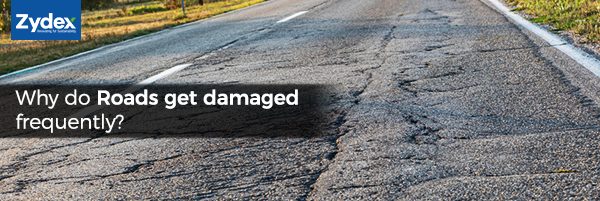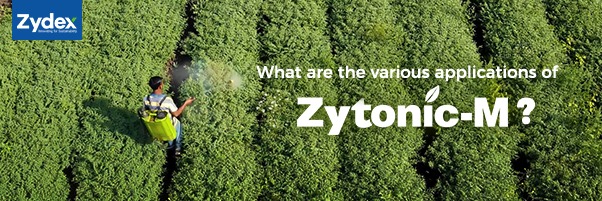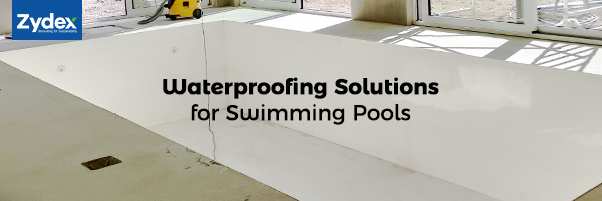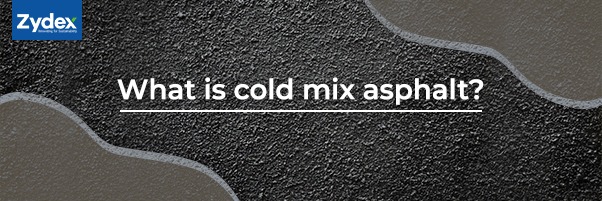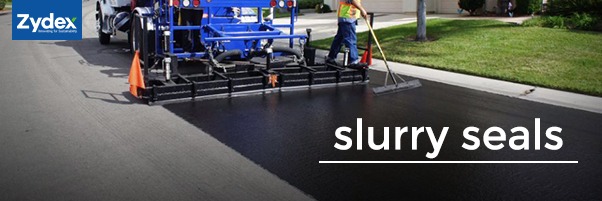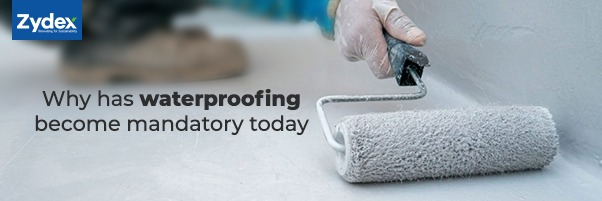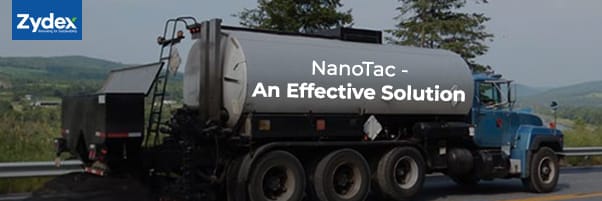A pavement structure is designed and constructed to meet its service life, by taking into consideration the magnitude of the load and the environmental conditions under which it will have to sustain. However, along its service life, the pavement undergoes damage due to a multitude of factors. These factors can be classified as follows:
1. Climatic Conditions
The performance of road depends greatly on the temperature variations (wet and dry/freeze and thaw cycles), rainfall and moisture ingress. The materials used in road construction reacts differently with the presence of these factors. The variation of these factors beyond the tolerable limits will lead to premature failures of the roads. Common failures resulting from climatic variations are swelling and shrinkage of road layers, thermal cracks, potholes, stripping, debonding, bleeding and raveling. Generally, bitumen additives are used to help the pavement withstand these issues. Technologies such as adhesion promoters / antistripping agents prevent the moisture ingress into the asphalt mixes, keeping the pavement in a good condition.
2. Traffic Loading
The traffic load on any road is a very important criteria that determines the performance and ultimately the life of the road. All roads are designed for a given traffic/loading that it is likely to carry over its design life. Any significant overloading will affect the road performance and reduce the service life of the pavement. Few common failures resulting from excessive loading are shoving, rutting, fatigue cracking and depressions. These pavement distresses/failures can be avoided by designing the road adequately for future traffic and also with the use of high performance materials and technologies available. Chemical soil stabilization is one of the techniques that help the pavement withstand higher loads, by enabling to construct stronger soil bases. Other techniques also include, use of geogrids and geotextiles, fibres and modified bitumen binders, to provide higher strength and durability.
3. Operational Factors (Material Reliability and Construction Practices)
These factors includes everything from the usage of unusable/unsuitable materials to operational inefficiency in the field conditions. Inadequate practices lead to structural failures, roughness, cracks and moisture ingress in to roads and ultimately lead to pavement disintegration. Failure to obtain proper compaction, improper moisture conditions at the time of construction and inaccurate layer thicknesses after compaction all directly affect the pavement performance. The adoption of best and reliable construction practices will ensure the construction of durable and long lasting roads.
Consult Zydex and avoid premature failure of your road assets.


